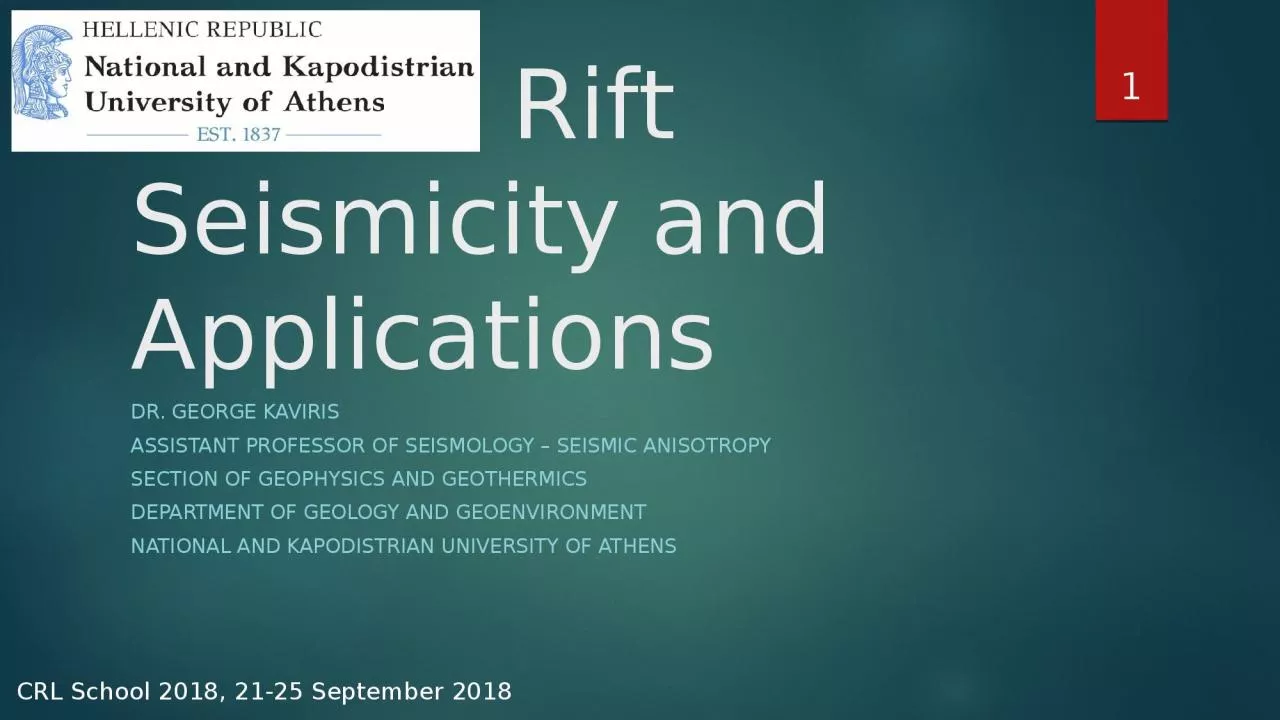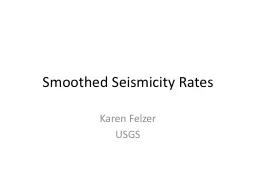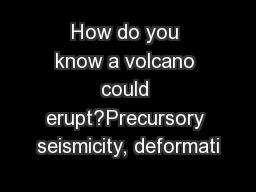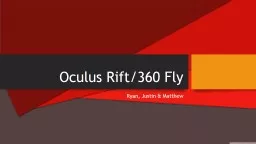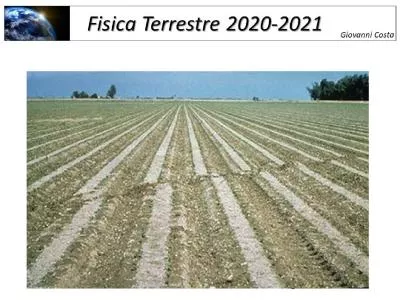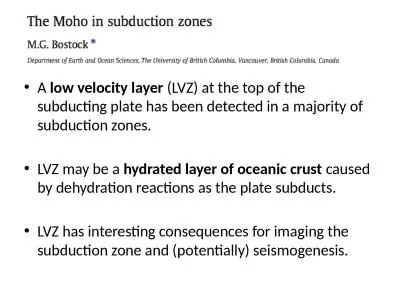PPT-Corinth Rift Seismicity and Applications
Author : skylar | Published Date : 2024-03-13
Dr George Kaviris Assistant professor of seismology seismic anisotropy section of geophysics and geothermics department of geology and Geoenvironment national
Presentation Embed Code
Download Presentation
Download Presentation The PPT/PDF document "Corinth Rift Seismicity and Applications" is the property of its rightful owner. Permission is granted to download and print the materials on this website for personal, non-commercial use only, and to display it on your personal computer provided you do not modify the materials and that you retain all copyright notices contained in the materials. By downloading content from our website, you accept the terms of this agreement.
Corinth Rift Seismicity and Applications: Transcript
Download Rules Of Document
"Corinth Rift Seismicity and Applications"The content belongs to its owner. You may download and print it for personal use, without modification, and keep all copyright notices. By downloading, you agree to these terms.
Related Documents

